
All categories
Featured selections
Trade Assurance
Buyer Central
Help Center
Get the app
Become a supplier

(966 products available)



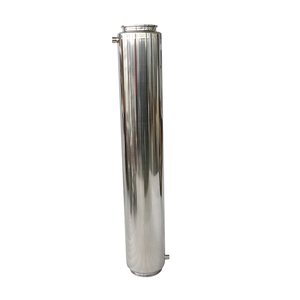



















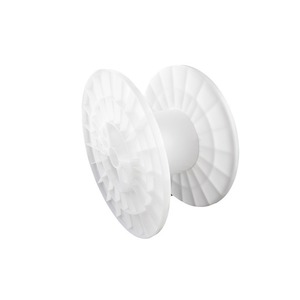

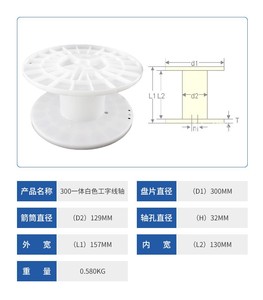

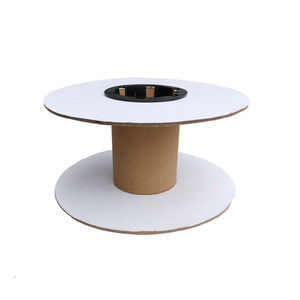

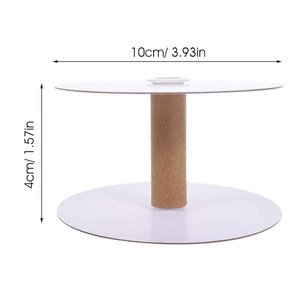









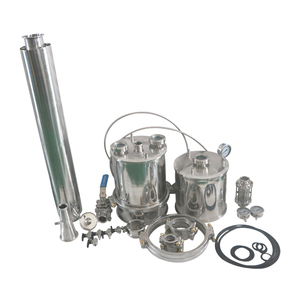


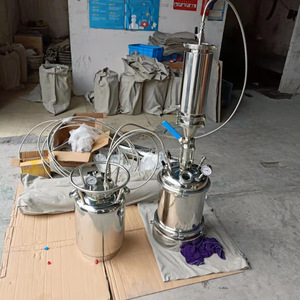



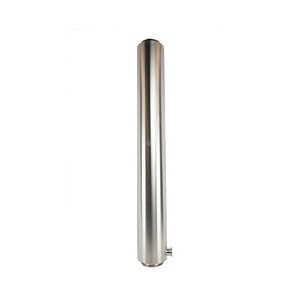
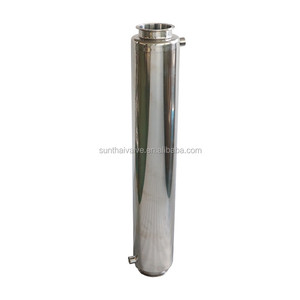




Printer dewaxing spoils include different functional features. They work effectively when applied with various types of closed dewaxing spools.
This is an operational stainless steel 3D printing dewaxing spool designed for durability. Stainless steel is corrosion-resistant and thus facilitates exposure to adverse elements during the dewaxing process. The closed-loop design ensures that every wax is captured and reused, thus minimizing waste. Common applications include professional setups where long-lasting equipment is essential.
A plastic dewaxing 3D printing spools is a lighter and more affordable option for temporary or less intensive use. This spool construction is typically polypropylene or ABS plastic. It is ideal for very short runs or smaller projects where budget considerations are paramount. Even though plastic may not be as strong as metal, a closed dewaxing spool efficiently captures wax for repetition.
A titanium closed dewaxing spool is a high-end choice due to its strength and corrosion resistance properties. This makes such a dewaxing spool suitable for very high temperatures. It is ideal for advanced materials or situations where other metals would fail. Although costly, the titanium spool provides long-term wear. It is often used in aerospace or high-tech manufacturing where functionality and durability are two important factors.
Brass closed dewaxing spools are sturdy and compact, offering a balance between durability and value. The brass construction makes it possible for long-term use with reasonable wear and tear. This is without losing functional features. Its closed-loop design makes it easy to recover and thus recycle wax. This makes it ideal for small to medium enterprises. Additionally, it is popular with businesses that focus on non-critical high-temperature applications.
3D printing spools have many important functional features to consider. Buyers will consider these features when purchasing and using closed dewaxing spools.
The closed-loop dewaxing spools come in various materials like stainless steel, plastic, titanium, and brass. These materials offer different advantages, including temperature resistance, durability, and flexibility in use. For instance, a stainless steel spool is noted for its durability, while a plastic one is lighter and economic.
Port configuration on the dewaxing spools includes the number and size of the ports responsible for wax exit and fluid entry. These elements come in various forms depending on the specification of the equipment they serve. Ports should therefore be compatible with the project's needs. Thus, ensure smooth wax removal and minimize blockages. Proper port spacing ensures that wax has to exit quickly and efficiently.
Dewaxing spools also include sludge separators that enhance the effectiveness of the entire system significantly. These are meant to delineate and separate any solid wax particles left in the system. This means that it can fully recycle and wash out any residuals. Improving applications of efficiency contributes value to operations in which timely use of materials is essential and ensures minimal wastage.
The main purpose of the dewaxing water printing spools is to prevent the loss of wax during the dewaxing process. This is done by collecting and rerouting any used or melted wax back into the system. This usually lowers the premium on new wax, making the overall operations economical. The environmental impact is also lowered because the system embodies measures that promote substance utilization.
The size of a closed-loop dewaxing spool is significantly much smaller than other industrial gear. Thus, they can conveniently fit in small spaces within a workshop. Their small build makes them portable, transportable, and easy to store when not in use. Despite the small size, they still perform numerous functionalities and feature high efficiency in dewaxing.
Dewaxing spools for 3D printing are crucial for casting operations in investment or precision casting foundries. It ensures that wax patterns are wholly stripped and that the wax is recovered for multiple uses. This helps to reduce production costs because there is minimal new wax needed. Moreover, it enhances the casting quality by providing a motive for each wax to be removed. This results in clean, devoid of any wax residuals on the produced castings.
Dewaxing 3D printing spools make it possible to create prototypes out of metals or other materials quickly. This allows companies to test designs and tweak them with minimal costs in time or resources consumed. It achieves this by facilitating efficient dewaxing, which leads to faster turnaround times and, therefore, faster development cycles. This is even more important when speed needs to be accompanied with accuracy in product development.
Aerospace industries use stainless steel 3d printer spools, titanium spools included, because they have high strength and are lightweight. These properties are crucial in creating complex engine components or airframes with high precision. Closed-loop dewaxing spools also help enhance efficiency by recovering wax. This further increases sustainability in an industry where every resource is critical and must be optimized.
Precise wax elimination from the jewellery industry is made possible through dewaxing 3D printing spools. Any such developed by this closed cyclical system captures the wax and allows its reuse in making new wax models. This contributes to lower operational costs with easy resource availability while maintaining the quality of produced jewellery. Because it's designed for easy capture and reuse, it minimizes waste.
Closed dewaxing spools for 3d printing in the automobile industry focus on parts with complicated designs. These spools allow efficient wax removal that is still difficult to achieve through other means of dewaxing. They help improve operational efficiency while at the same time enhancing part quality. Both the automobile and aerospace industries apply spools that are made from titanium for their strength and lightness.
The 3D printer adjustable plastic feed spools are used in several ways, and buyers consider multiple factors when selecting closed-loop dewaxing spools. These spools are made of various materials and have different features.
Durability is crucial for smooth operation, especially in busy working places where the closed dewaxing 3D printer plastic spools are frequently used. Consider features of materials with high tensile strength and that are wear-resistant. Such materials include stainless steel, titanium, or high-grade plastic. They will ensure that the dewaxing spools have a long working life and decreases the chances of frequent production downtimes.
The effect of port size and number on the efficiency of the closed-loop dewaxing spools is immense. Larger port sizes allow faster wax elimination, reducing the time taken in the dewaxing process. Conversely, smaller ports provide better control and precision. Therefore, it is necessary to consider the operational needs before making a decision. Balance the need for speed with that required for accurate processing.
The closed-loop spools for 3D printing are used in a variety of situations. These include the dewaxing of materials that have high melting or operating temperatures, such as metals. Go for materials that can bear such a temperature without significant wear or deforming. Materials like titanium or stainless steel are better suited for high-temperature applications. Therefore, they maintain their structural stability and functional efficiency.
The compactness of the spool 3D printer provides convenience because it requires little space during installation. This might be necessary in work projects where space is limited. Such a design allows easy portability and storage of spools when they are not in use. Despite being compact, ensure that the dewaxing spools do not compromise on effectiveness.
Go for closed-loop 3D printing filaments spools that include sludge separators to enhance overall functional effectiveness. The separators help delineate solid residues from wax and enhance its quality for reuse. Higher spools have efficient sludge separation that captures more solid particles, thus improving wax used in future procedures.
A1: Closed-loop dewaxing spools can be made of different materials. These include stainless steel, titanium, plastic, brass, and high-carbon steel. Each of these materials offers some advantages.
A2: The sludge separator delineates between wax and solid materials present in wax. By separating this sludge from the wax, it improves the quality of the recycled wax and thus enhances the operational effectiveness.
A3: The compatibility of the closed dewaxing spools can be assessed by their port size and number and the other features of the equipment being used. Other factors include operational needs and the type of material that will undergo dewaxing.
A4: Plastics are ideal for light-duty or short-term applications where the temperatures are not extremely high. However, for industrial situations that require long-term use or experience of higher temperatures, one should go for metals like stainless steel or titanium.
A5: The compact 3D printer plastic spools are portable and convenient to use in places with limited space. They can easily be moved to different working stations. When not in use, they can be easily stored because they take much less space.